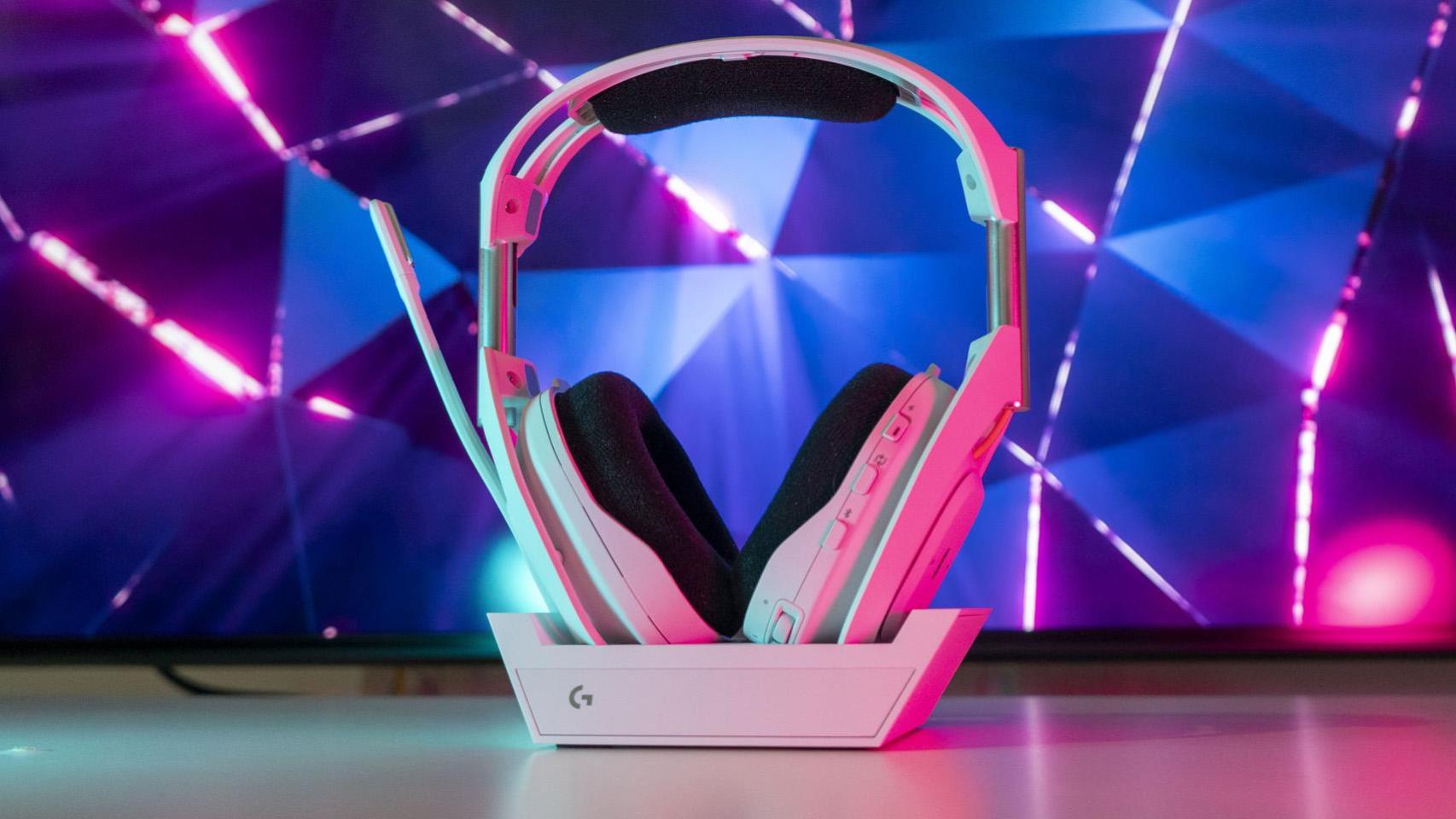Thousands of users in Europe use Telegram as your messaging app. An app that has been on the market for seven years and has become the favorite of many for a number of reasons like the ability to send large files in an easy way to their chats. Although in the long run, it can c onsume a good chunk of the phone’s memory.
Especially files that are sent in chats on Telegram, such as photos, videos or files, it’s something that takes up a lot of space on the phone. Especially since there are times when we only need it for a specific moment. Therefore, the application has the option to establish how long we want it to keep these media files.
7 years of Telegram: its 7 best features
Telegram celebrates its seventh anniversary on Android with the arrival of video calling. Over the years, the app has left us with seven very remarkable functions.
Choose how long Telegram keeps your files
Telegram has a section where we can manage application storage usage, with a series of functions that will allow us to prevent the files you send us from being stored indefinitely on the phone, for example, by avoiding unnecessary consumption of storage space. This is a very simple trick that allows the storage to fill up. The steps to configure this are:
- Open Telegram on your phone.
- Click on the three horizontal bands at the top left.
- Enter the application settings.
- Go to the Data and storage section.
- Go to Storage Usage.
- Go to the option “Preserve multimedia”.
- Select the length of time to keep media files.
The application offers you several options in this section, where you can determine how long you want media files from your chats to be kept on the phone. Anytime you want, you can change it, but if you find that your storage space is somewhat limited at that time and many large files have been sent to you through this app, you can reduce this time to minimum established. This will allow easier management of storage usage.
Version:
Author:
Requires
The reality of mid-range mobiles at 800 dollars
vivo X51 5G: exceptional camera
OnePlus Nord N10 5G review
Huawei Mate 40 Pro review
Samsung Galaxy S20 FE review
Análisis Xiaomi Mi smart speaker
Huawei FreeBuds Studio review
OPPO Reno 4 Pro review







